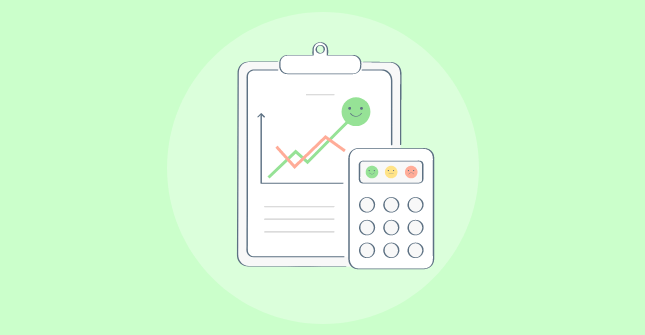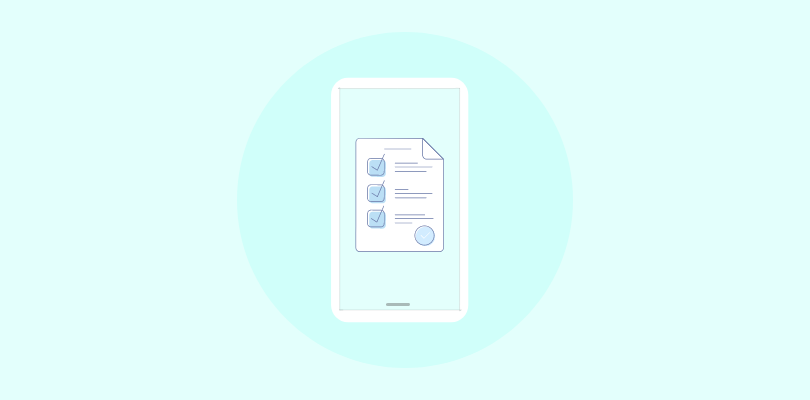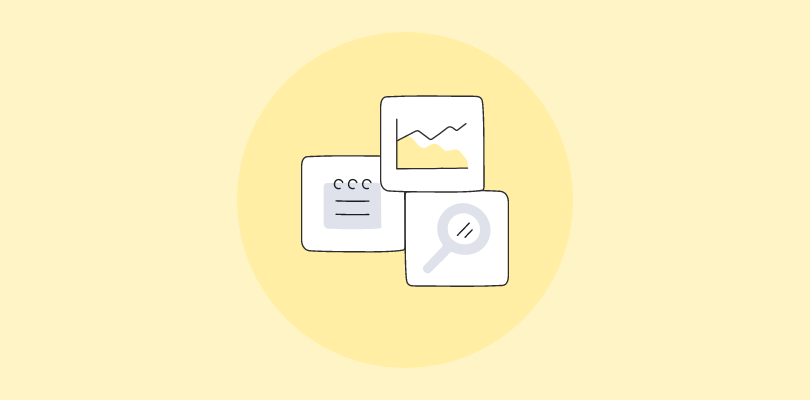Imagine launching a product without knowing how it will be received or whether it meets user expectations.
Risky, right?
That’s where product testing surveys come in.
You can also conduct surveys for product testing even after you’ve launched a product and want to collect actionable insights to make it more user-centric.
In this article, we’ll explore the ins and outs of product testing surveys, understanding their significance, crafting effective questions, and best practices that make surveys effective.
What Is a Product Testing Survey?
Product testing surveys are a strategic tool used to gather insights from potential users or customers about a product before and after its launch. It’s a way to tap into the minds of your audience, understand their preferences, and refine your product accordingly.
Now, let’s jump straight to the point and uncover product testing survey questions you can ask. We’ve divided the questions based on different product testing methods.
Product Testing Survey Questions: Concept Testing
- How does our product concept compare to similar products in the market?
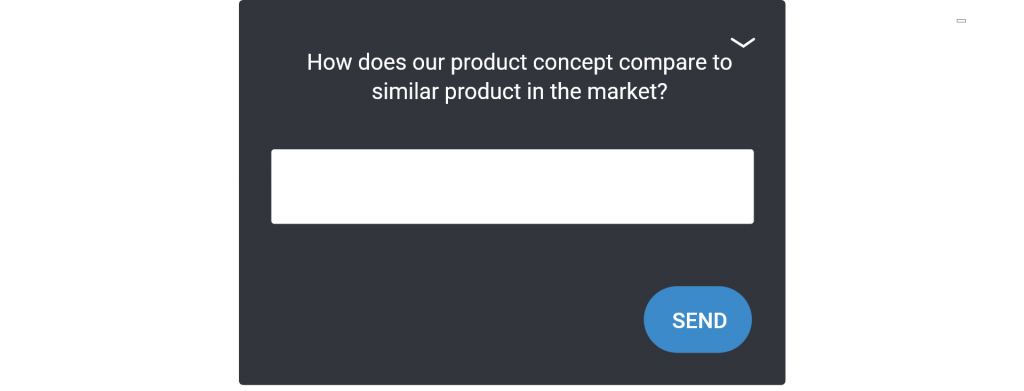
- Can you identify any potential improvements or enhancements to make our product concept more appealing?
- Are there specific aspects of our product concept that resonate with your preferences and needs?
- In your opinion, how does our product stand out in terms of innovation?
- Are there innovative features you believe should be added to enhance our product concept?
- What factors most influence your decision to consider purchasing a new product?
- How well does our product concept align with your current needs or preferences?
- Can you specify any concerns or reservations that might impact your purchase intent?
- Can you envision our product fitting seamlessly into your daily routine?
Product Testing Survey Questions: User Satisfaction
- How satisfied are you with our product?
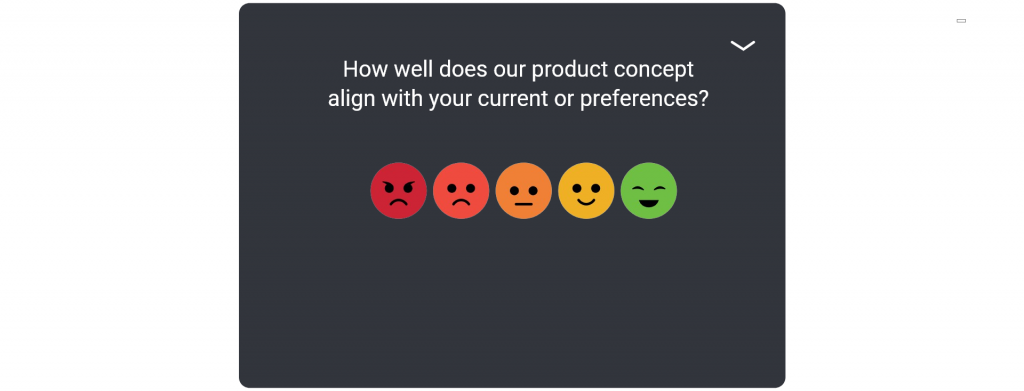
- What features contribute the most to your perception of value in our product?
- How does the pricing of our product compare to similar offerings in the market?
- Can you suggest any adjustments to the value proposition of our product?
- On a scale of 0-10, how likely are you to recommend our product to a friend?
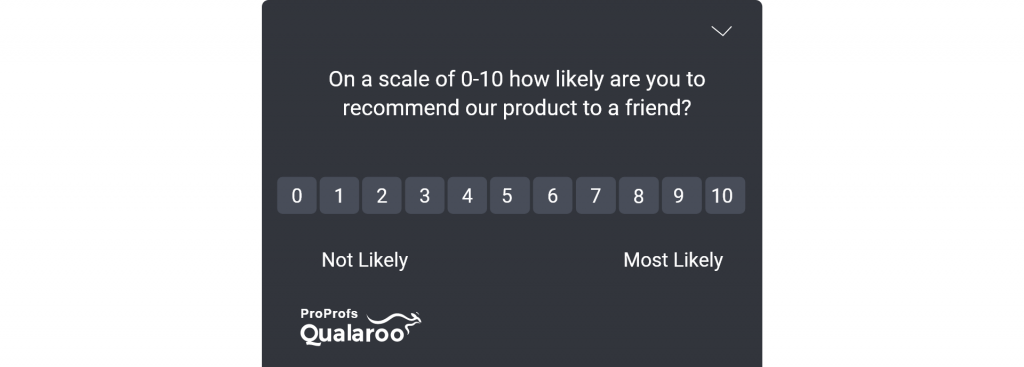
- Describe the most positive aspect of your experience using our product.
- Identify any challenges or issues you encountered while using our product.
- How likely are you to continue using our product based on your current experience?
Product Testing Survey Questions: Quality Assurance
- Can you provide specific examples of features that demonstrate the high quality of our product?
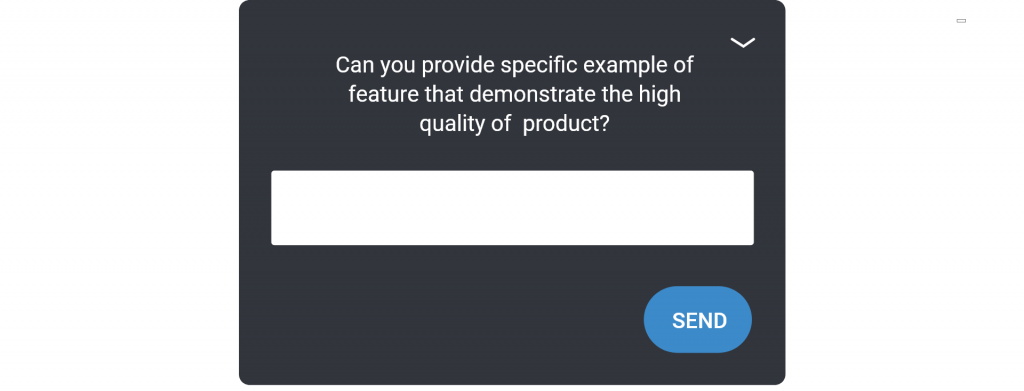
- Are there any areas where you feel the quality of our product could be improved?
- How would you describe the overall durability and reliability of our product?
- What specific features or characteristics make our product unique, in your opinion?
- Would you consider our product a trendsetter in the market, or does it follow existing trends?
- How important is uniqueness when choosing a product in this category?
FREE. All Features. FOREVER!
Try our Forever FREE account with all premium features!
Product Testing Survey Questions: A/B Testing
- Which features of the product did you find most valuable?
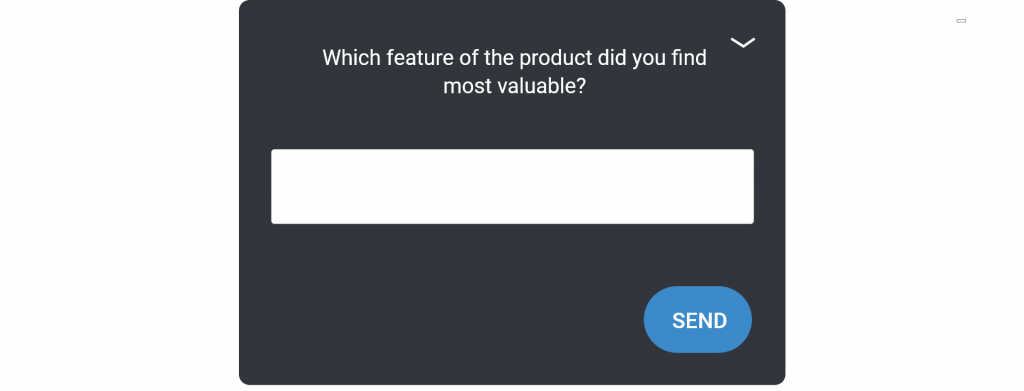
- How easy was it for you to navigate and use the product?
- If you have used a previous version of the product, how does the current version compare in terms of usability and features?
- Were you aware that changes were made to the product? If yes, please describe your thoughts on these changes.
- How would you rate the intuitiveness of the product’s navigation system?
- Did you encounter any difficulties when moving between different sections or pages of the product?
- What are your thoughts on the visual design of the product?
- Were the colors, fonts, and overall aesthetics of the product appealing to you?
- How would you prioritize the importance of the various features offered in the product?
Product Testing Survey Questions: User Testing
- How would you rate the overall onboarding experience of the product?
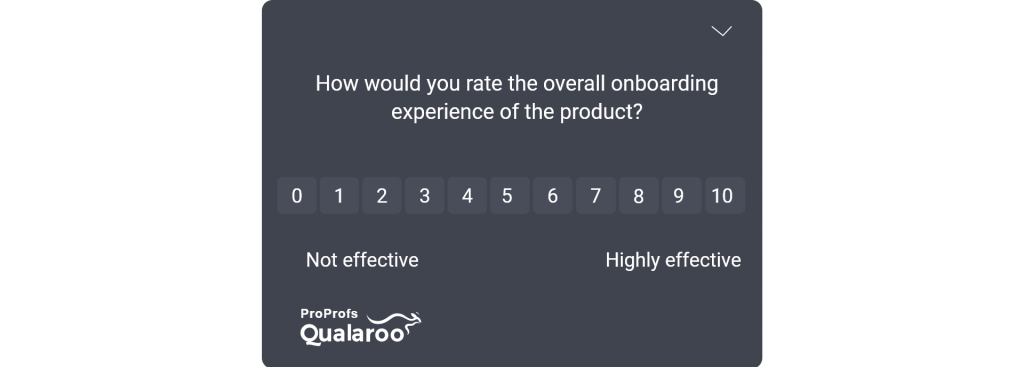
- Were there any aspects of the navigation that you found confusing or difficult to understand?
- Were you able to successfully complete the primary tasks you intended to do during this testing session?
- Share your thoughts on specific features you interacted with. What worked well, and what could be improved?
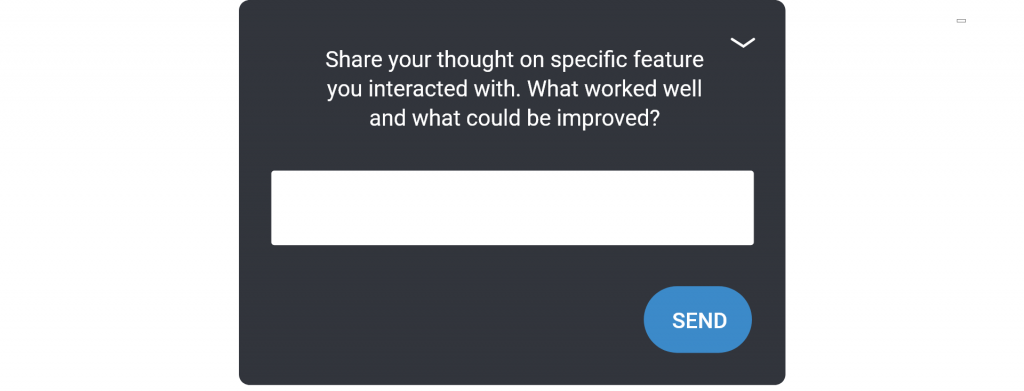
- How would you rate the mobile responsiveness of the product, if applicable?
- Did you encounter any error messages during your testing session? How helpful were they in guiding you to a solution?
- Are there any features you feel are missing or could be added to enhance the overall functionality?
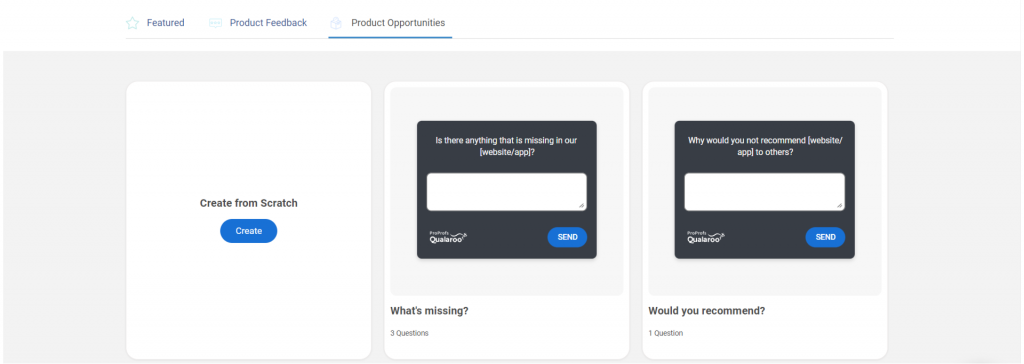
- How likely are you to continue using this product over the long term based on your testing experience?
Product Testing Survey Questions: Regression Testing
- Did you notice any unexpected changes or issues in existing features during your recent interactions with the product?
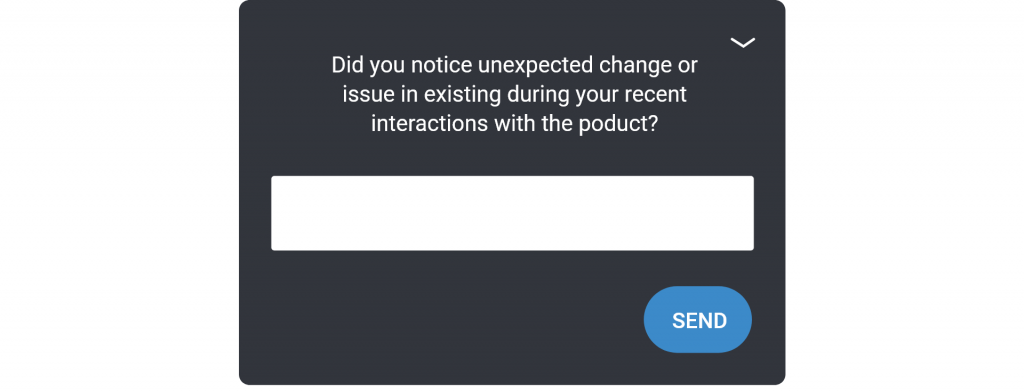
- How confident are you in the stability and reliability of the product, especially after recent updates or changes?
- Were there any error messages or glitches that you encountered while using the product, and how did they impact your experience?
- In your opinion, how well does the product maintain consistency in performance across different devices or platforms?
- Can you recall a situation where a new feature or update negatively affected the performance or usability of existing features?
- Were there any instances where you felt that the product’s response time or loading speed was slower than usual?
What Can You Achieve With Product Testing Surveys?
- Catch potential problems early to minimize the risk of costly fixes later in development.
- Verify consistent performance under various conditions to build user trust.
- Evaluate UI, usability, and overall experience to improve customer satisfaction.
- Confirm all features work as intended for users to leverage without issues.
- Assess speed, responsiveness, and efficiency for a high-performance product.
- Ensure compliance with industry standards, mitigating legal and compliance risks.
- Collect insights for continuous refinement and improvement based on real user experiences.
- Proactively identify and address potential issues before market release to protect brand reputation.
FREE. All Features. FOREVER!
Try our Forever FREE account with all premium features!
Tips to Conduct Successful Product Testing Surveys
There’s a lot that needs to go right to get actionable insights for your product’s improvement. And so, we’re sharing some best practices, a checklist if you will, of what you need to consider while designing and conducting surveys for product testing.
Define Clear Objectives
Clearly outline the objectives of your product testing survey. Define what you aim to learn from participants and how their feedback will contribute to the product development process. Having clear objectives helps design focused survey questions.
Here’s a product testing example: If you’re testing a new mobile app, define whether you’re focusing on usability, feature satisfaction, or overall user experience. This clarity guides the survey design process.
Segment Your Audience
Identify and segment your target audience based on relevant demographics, usage patterns, or other criteria. Tailoring your survey to specific segments ensures that you receive feedback from the right users, providing more actionable insights.
For instance, if you’re testing a fitness app, segment users by age, fitness goals, and experience levels. This segmentation allows for more targeted feedback.
You can also use screening questions to filter out unsuitable respondents based on different factors, such as their purchase history, demographics, and more.
Create Engaging Survey Questions
Craft survey questions that are clear, concise, and engaging. Use a mix of closed-ended and open-ended questions to gather quantitative and qualitative data. Ensure that questions are relevant to the specific aspects of the product you are testing.
You can ask engaging questions such as, “On a scale of 0 to 10, how likely are you to recommend this product to a friend?” Mix in open-ended questions like, “What specific features do you find most valuable?” to get contextual insights and encourage detailed responses.
Utilize Multiple Channels
Promote the survey across various channels to reach a diverse audience. Utilize emails, newsletters, social media, and in-app notifications to maximize visibility and participation.
With Qualaroo, you can create link NudgesTM that can be shared on multiple channels to target different distribution channels.
You can employ advanced targeting, such as conditional logic, and advanced reporting, such as sentiment analysis, for all the feedback you collect from different channels.
Maintain Survey Length
Keep the survey concise to prevent respondent fatigue. A shorter survey is more likely to yield higher response rates and better participant engagement since it takes less time than long questionnaires. So, focus on extracting key insights without overwhelming participants.
Ace The Timing
Choose an appropriate time to launch your product testing survey. Consider factors like the product development timeline, user engagement patterns, and potential external events that may impact participation. By timing surveys strategically, you can ensure a more accurate representation of user sentiments.
You can also use smart triggers to show your surveys on your product to the right people at the right time.
For example, if you want to collect feedback on navigation on a particular product page, you can set a trigger so that the survey will only show up when a user lands on the page and has spent some time on it.
Optimize the Survey User Experience
Optimize the survey for a positive user experience. Ensure the survey is mobile-friendly, easy to navigate, and visually appealing. A user-friendly survey platform enhances participant satisfaction and encourages thoughtful responses.
Offer Incentives
Consider providing incentives to participants to increase survey participation rates. This could include discounts, early access to new features, or other rewards that align with the product being tested. Incentives motivate users to contribute meaningful feedback.
Check out this piece on “How to Increase Response Rates with Survey Incentives” for more details.
💡 Pro Tip:
Besides performing the best practices for creating product testing surveys, you also need to look out for common survey errors that may sneak up on you while designing engaging questionnaires.
The Best Version of Your Product Ft. User Feedback
You can turn a lackluster launch into successful product adoption, but it’s harder to recover from a product that doesn’t cater to the targeted audience.
Using product testing surveys to collect user feedback, you can ensure your product is the right fit for the target market and has the potential to scale. You can either start from scratch with the surveys for product testing or choose the templates provided above.
All that matters is that you take a proactive approach to product feedback and deliver what users want.
FREE. All Features. FOREVER!
Try our Forever FREE account with all premium features!

 We'd love your feedback!
We'd love your feedback! Thanks for your feedback!
Thanks for your feedback!


